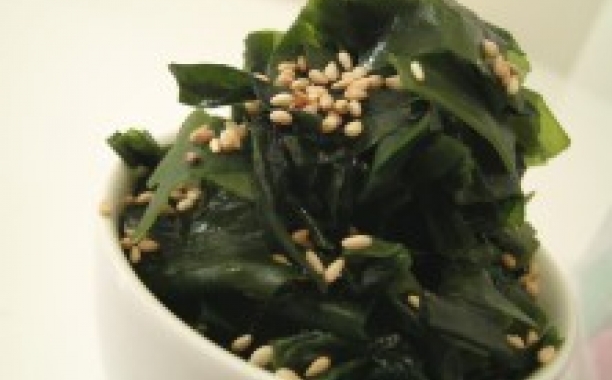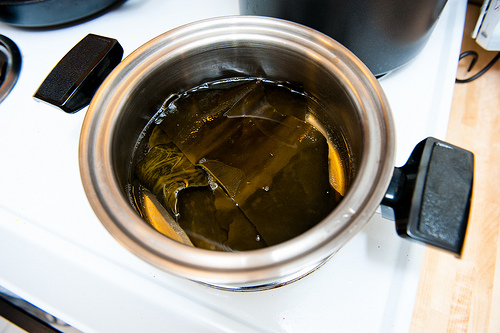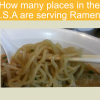Popular Types Of Japanese Seaweed

Due to the fact that it’s an island, most of Japan’s cuisine is highly tied to the sea, giving us the rich and unique flavors and textures that we’ve come to associate with Japanese cooking. But it’s not just the fish or rice that everyone thinks about when they think Japanese food, it’s also the seaweed (a very important element of the Japanese diet for centuries) that plays an vital role in the authenticity and taste of the cooking.
What is Japanese Seaweed Used For?
Japanese seaweed (called Kaiso) comes in many different varieties and is cultivated directly from the ocean. Today, you can purchase Kaiso from almost any market specializing in Japanese cuisine, but it used to be that one would either have to go out and get it themselves. While the role of Japanese seaweed has dwindled in modern cuisine, it is still heavily used in certain dishes, especially as soup stocks, seasoning and sushi dishes.
The Three Most Popular Types of Japanese Seaweed
- Kombu: This large, long seaweed is typically used as a soup stock or in nabe (hot pot) dishes.
- Wakame: Most often used in soups like Miso soup or in Sunomono salads, the Japanese seaweed Wakame is usually sold in dried form, and then soaked in water by the chef before use.
- Nori: Thin, dried sheets of seaweed, Nori is used in all kinds of sushi dishes, in the preparation of rice balls and also as toppings or condiments for many dishes (especially noodles).

 by star5112 kombu
by star5112 kombu
While Nori is the most popular form of Japanese seaweed, the others are definitely in use, though mostly in traditional home cooking or restaurants that specialize in that style. Either way, experimenting with all three types will bring a new flavor and excitement to your cooking. To read more on Seaweed popularity and how it is harvest, please read our interview with Mara Seaweed.






